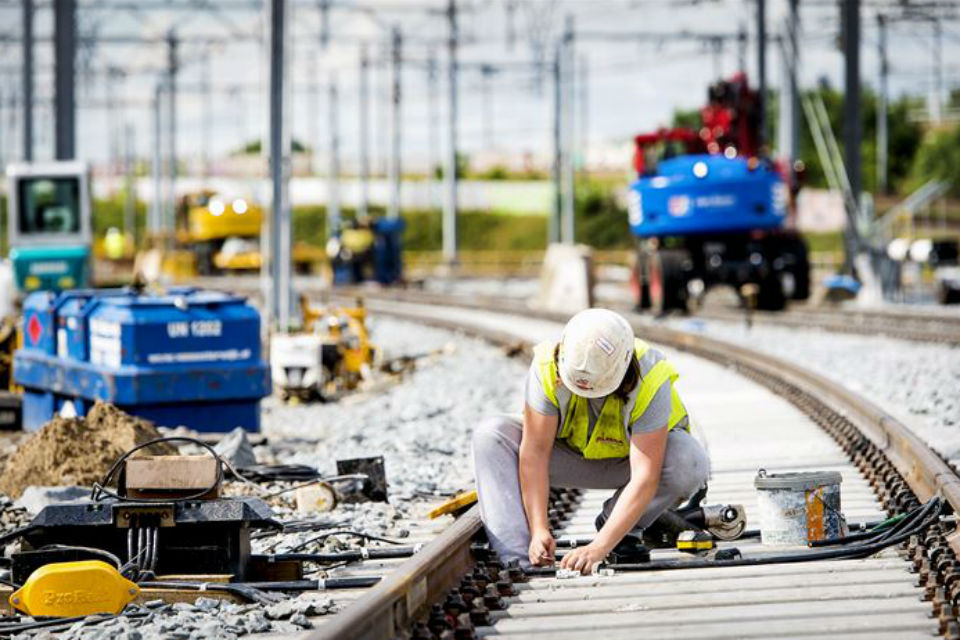Encourage discussion about unsafe situations in railway industry

Although everyone understands the value and necessity of rules for rail safety, in practice they can still be broken by rail companies. This can have disastrous consequences for the security of both passengers and rail workers themselves. At Rail-Track 2015, Filip Coumans, senior consultant for consultation business BST, will explain what rail businesses can do to positively influence their employees’ behavior. This will take place on Thursday 19th March during the conference on ‘Rail safety and regulatory compliance’.
“Rail companies are generally well-committed when it comes to communicating rail safety rules to their employees. The majority of employees are aware that these rules are in everyone’s interest. Even so, sometimes, things can go wrong. During our presentation, we try to give managers an insight into what motivates employees to perform certain actions that comply with procedures, but also why they sometimes don’t.”
Rules and procedures
“Managers often think they have the resources and the procedures. But it isn’t just down to the making of these rules. We also need to create an environment where people are able, and want, to follow them. As a manager or supervisor, there are certain techniques that you can use which actually have a positive impact on your employees’ behavior.”
“In order to positively change the safety culture of a business, one needs to look at the behaviour of employees across all levels ‘’, explains Coumans. ‘’Management can create a culture of commitment with its employees by pointing it out when they have done well in the area of safety. Moreover, it can be something very simple, such as genuinely listening to employees’ concerns. Simply saying that you have passed on an unsafe situation to somebody else is not enough.”
Safety
Managers must show their employees that they put energy into resolving a problem, says Coumans. “That’s how you promote it to the workforce so that they sincerely believe you are concerned with their safety and will come forward more quickly to address safety issues with you and other colleagues.”
“If you look at the rail industry, you’ll see that there are so many procedures at every level. Ultimately, it is these procedures which determine safety. Think, for example, of a driver checking his mobile phone while he is driving.”
Automation
Automation in the rail industry doesn’t resolve all problems, Coumans continues. “There are more and more systems which remove the human factor from certain procedures. Hence there are safety systems which ensure that a train stops at a red signal, but there will always be times when these systems do not catch errors. It is actually far more important than manual operations remain, such as the connecting of carriages.”
Coumans works for BST, a consultative bureau which specialises in the improvement of safety performances in companies. On Thursday 19th March he will give a presentation entitled ‘Why don’t people follow the rules? Obligation versus commitment’. Rail safety and regulatory compliance will be discussed throughout this day. On Wednesday 18th March there will be a conference on ERTMS. See here for Rail-Tech 2015’s full program details.




